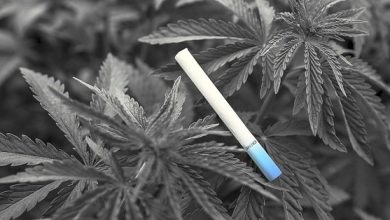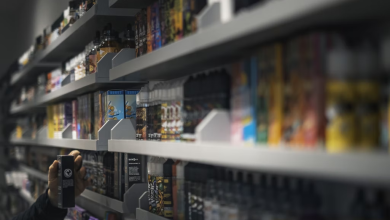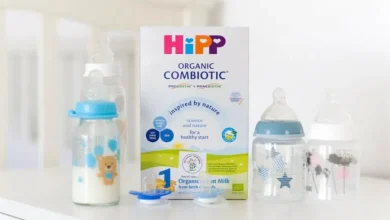5 Reasons why Pharmaceutical Packaging is Extremely Important and the Different ways of Packaging
Introduction
Pharmaceutical packaging plays a critical role in the healthcare industry by ensuring the safety, integrity, and effectiveness of medications. This article explores the importance of pharmaceutical packaging and highlights the different methods employed to safeguard the quality of pharmaceutical products. From protecting against contamination to providing essential information, pharmaceutical packaging is an essential aspect of medication distribution and patient care.
Protection and Safety
Pharmaceutical packaging serves as a barrier, safeguarding medications from external factors that could compromise their quality. It protects against physical damage, such as impact or crushing, during transportation and storage. Moreover, pharmacy packaging acts as a shield against moisture, light, and air, all of which can degrade medications over time. The packaging materials used are carefully selected to ensure compatibility with the medication and maintain its potency and stability.
Contamination Prevention
Pharmaceutical packaging plays a crucial role in preventing contamination throughout the supply chain. Packaging materials, such as blister packs, bottles, and vials, are designed to provide a sterile and hygienic environment for the medication. They prevent the entry of microorganisms, dust particles, and other contaminants that could compromise the safety and efficacy of the drug. Additionally, tamper-evident packaging features provide an extra layer of protection, ensuring the integrity of the medication and building trust among patients.
Dosage Accuracy and Compliance
Pharmaceutical packaging aids in accurate dosage administration and patient compliance. Unit-dose packaging, such as blister packs or pre-filled syringes, precisely measures the medication and provides individualized doses. This not only reduces the risk of medication errors but also enhances patient safety and convenience. Furthermore, packaging often includes clear instructions, dosage guidelines, and expiration dates, promoting proper medication usage and adherence to prescribed treatments.
Information and Patient Education
Effective pharmaceutical packaging serves as a valuable source of information for patients and healthcare providers. It provides essential details about the medication, including its name, dosage strength, active ingredients, potential side effects, and storage instructions. Patient-friendly packaging may also include pictograms, multilingual labels, and easy-to-understand leaflets, enhancing patient education and empowering individuals to make informed decisions about their healthcare.
Child Safety and Protection
Pharmaceutical packaging plays a vital role in preventing accidental ingestion of medications by children. Child-resistant packaging, such as push-and-turn caps or blister packs, is designed to be difficult for young children to open, reducing the risk of accidental ingestion and poisoning. These safety features provide peace of mind to parents and caregivers, ensuring medication remains securely stored and inaccessible to curious hands.
Different Packaging Methods
Pharmaceutical packaging employs various methods to meet specific requirements. Some common packaging methods include:
Blister Packs: These individualized, unit-dose packages feature a combination of plastic and aluminum or plastic and paper. They provide protection, precise dosage, and ease of use.
Bottles and Vials: Glass or plastic bottles and vials are widely used for liquid medications. They provide a secure and sterile environment while allowing for convenient dispensing.
Pre-filled Syringes: These ready-to-use syringes are pre-filled with accurate dosages of medication. They minimize the risk of dosage errors and contamination, making them suitable for injectable medications.
Conclusion
Pharmaceutical packaging plays a pivotal role in the healthcare industry, ensuring the safety, integrity, and efficacy of medications. By providing protection against contamination, facilitating accurate dosage administration, promoting patient compliance, and offering essential information, pharmaceutical packaging safeguards patient health and enhances medication management. Through various methods such as blister packs, bottles, vials, pre-filled syringes, and tamper-evident features, pharmaceutical packaging continues to evolve to meet the demands of a dynamic healthcare landscape. As advancements in technology and patient-centric approaches emerge, pharmaceutical packaging remains an indispensable component of medication distribution.














